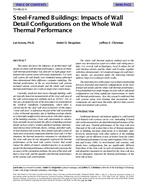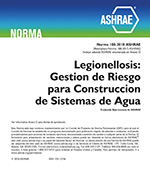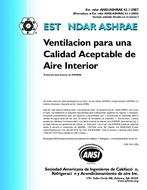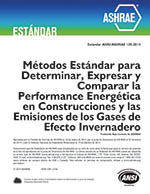Description
This paper discusses the influence of architectural wall details on whole wall thermal performance. Analysis of whole wall thermal performance was done for six light gauge steel-framed wall systems (some with wood components). For each wall system, all wall details were simulated using calibrated three-dimensional finite difference computer modeling. The thermal performance of the six steel-framed wall systems included various system details and the whole wall system thermal performance for a typical single-story ranch house.
Currently, predicted heat losses through building walls are typically based on measurements of the clear wall area of the wall system using test methods such as ASTM C 236, or they are calculated by one of the procedures recommended in the ASHRAE Handbook-Fundamentals, which often is carried out for the clear wall area exclusively. In this paper, “clear wall area” is defined as the part of the wall system that is free of thermal anomalies due to building envelope details or is thermally unaffected by intersections with other surfaces of the building envelope. Clear wall experiments or calculations normally do not include the effects of building envelope details such as corners, window and door openings, and structural intersections with roofs, floors, ceilings, and other walls. In steel-framed wall systems, these details typically consist of many more structural components than the clear wall. For this situation, the thermal properties measured or calculated for the clear wall area do not adequately represent the thermal performance of the total wall system. Factors that would impact the ability of today’s standard practice to accurately predict the thermal performance of the total wall system are the accuracy of the calculation methods, the area of the total wall that is clear wall, and the quantity and thermal performance of the various wall system details. The whole wall thermal analysis method used in this paper was developed as a part of a whole wall rating procedure. For several wall technologies, local R-values for all wall interface details and the whole wall R-value, together with three-dimensional CAD-rendered images for wall interface details, are presented under the following Internet address: http://www.ornl.gov/roofs+walls.
The main objective of this paper was to find a relationship between structural and material configurations of the steel-framed wall details and the whole wall thermal performance. It was found that even small changes in clear wall or wall detail configuration can bring significant improvements in whole wall thermal performance. Also, this research confirmed that wall systems using steel framing that incorporate wood components are much more thermally effective than conventional steel-framed wall systems.
Units: Dual
Citation: Symposium, ASHRAE Transactions, 1998, Vol. 104, Part 2, Toronto, ON
Product Details
- Published:
- 1998
- Number of Pages:
- 9
- File Size:
- 1 file , 530 KB
- Product Code(s):
- D-7767




